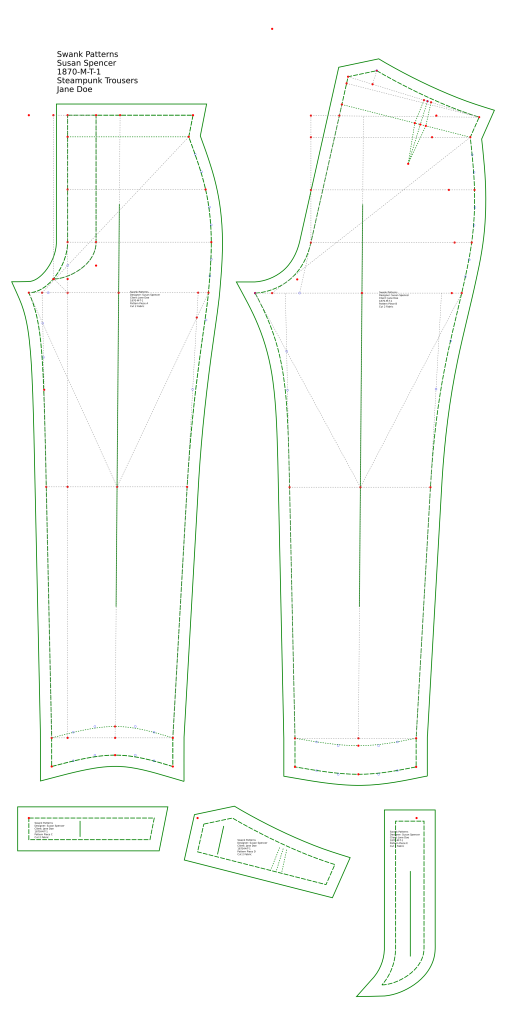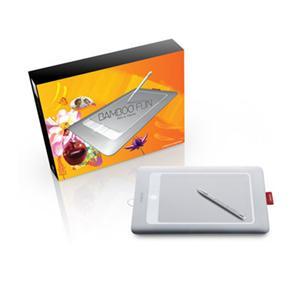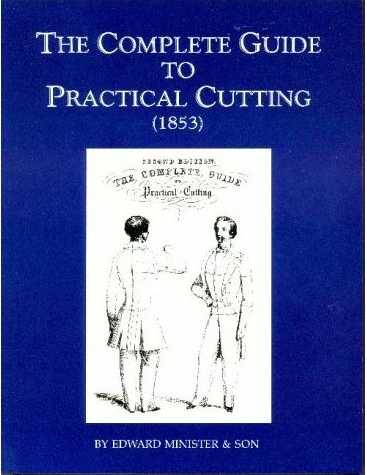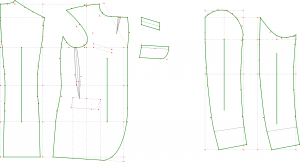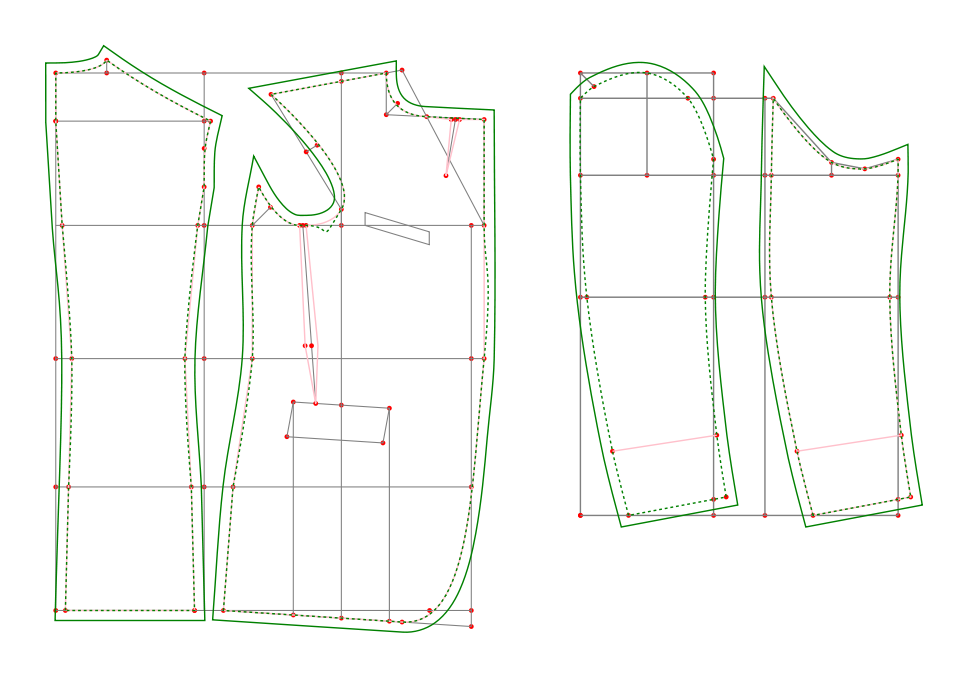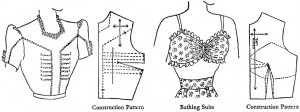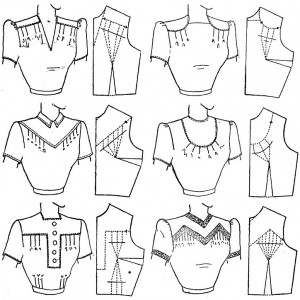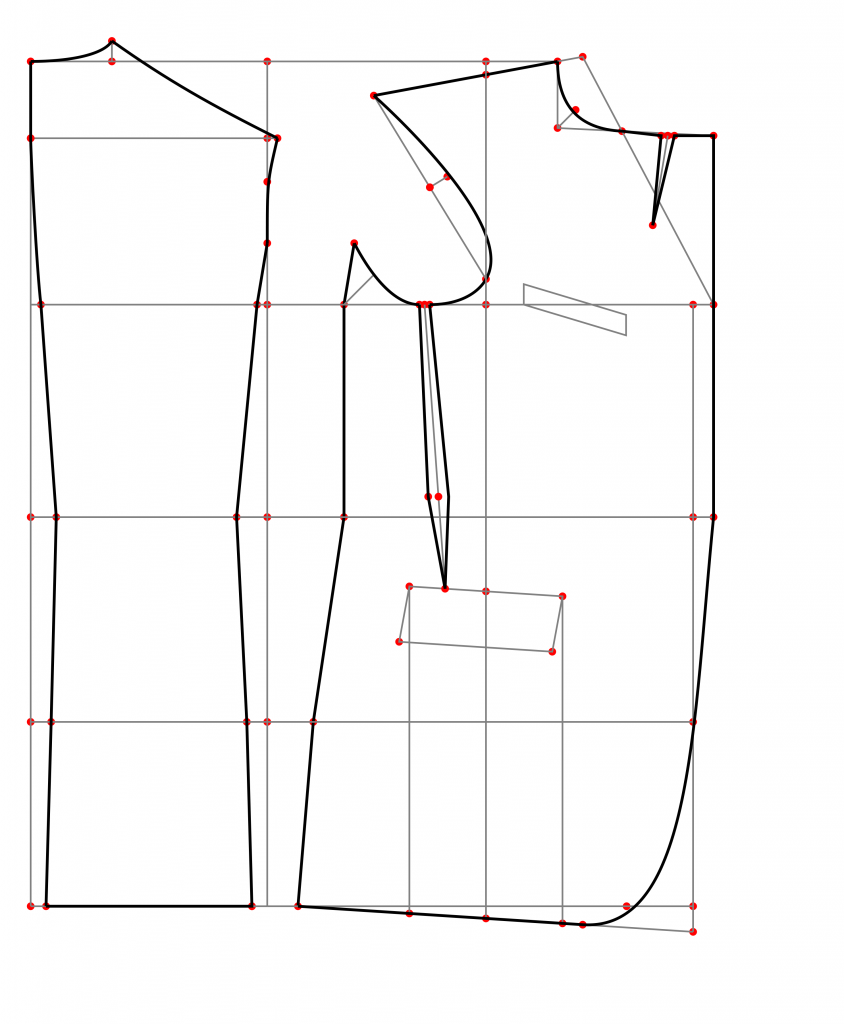Here is the link for the presentation Open Source Digital Patternmaking Software at the 2011 Libre Graphics Meeting in Montreal:
http://river-valley.tv/media/conferences/lgm-2011/0301-Susan-Spencer-Conklin/
Thanks to Kaveh Bazargan and River Valley Technologies for recording open source conferences and making them available on the webs.
This presentation is very informal and lasts almost an hour, probably because there were three different areas that I wanted to address:
1. How I had learned Python, SVG, XML, and Inkscape during the past year, as there has been some discussion on how users could become programmers and contributors in the open source world. Â The examples are rudimentary to show where I started from. Â The current code is much better.
2. How to write an Inkscape extension to gather user input and create new SVG objects. Â It took about 2 months of work to discover how to create an extension which creates new objects – it doesn’t merely operate on existing objects.
3. How this approach might be used to teach Inkscape, Python, SVG, Â XML, and the open source model to younger students. Â Again, the examples are rudimentary to show how easily these concepts can be conveyed.

